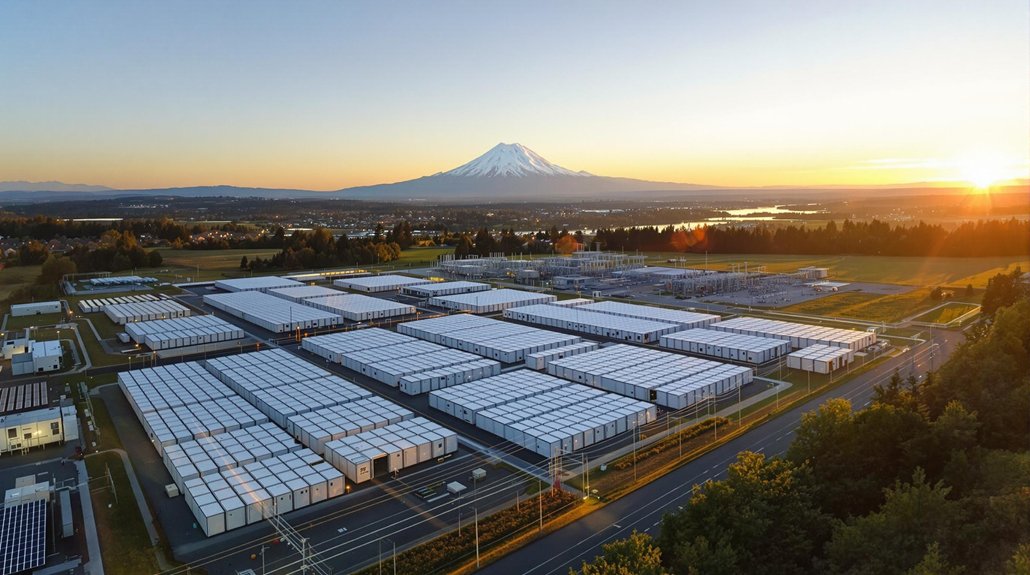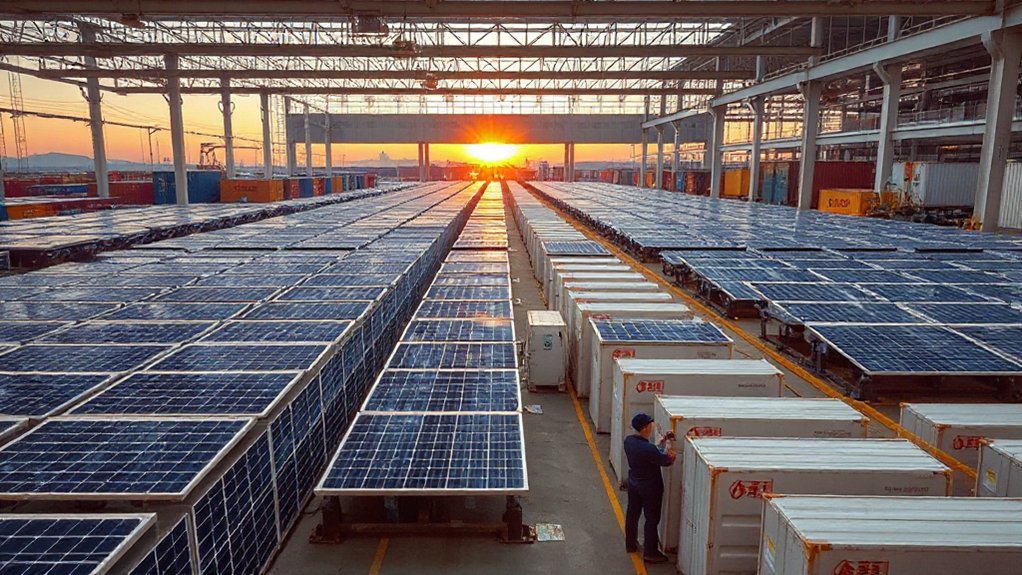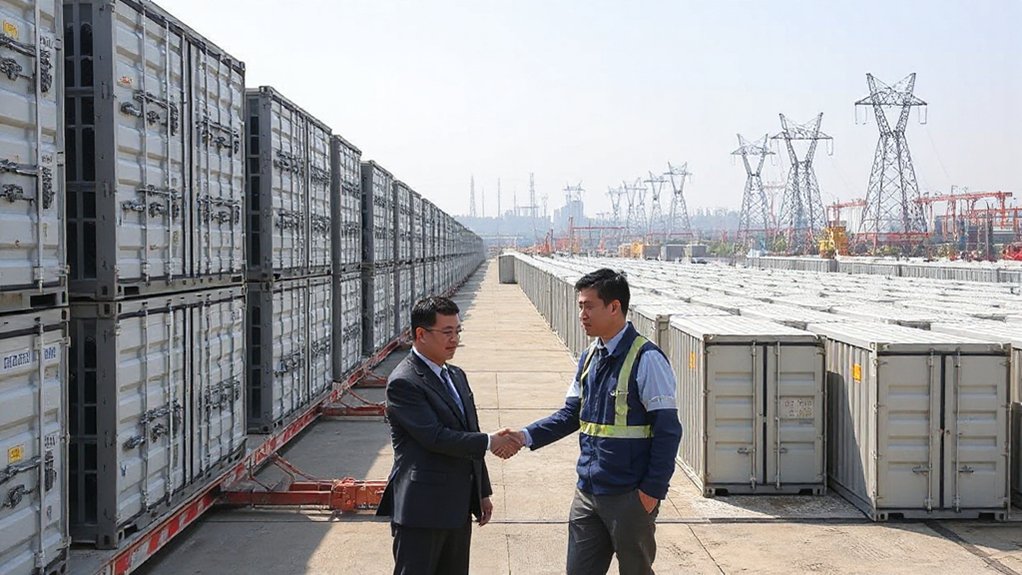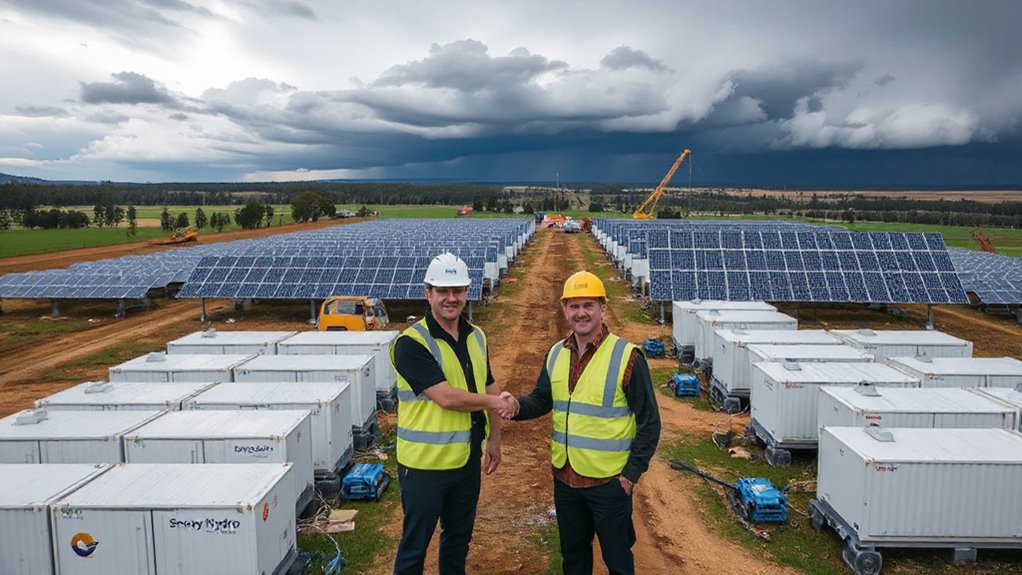Portland General Electric just plugged in one of the largest battery networks in the nation. The massive 475 MW system sprawls across the Portland metro area, storing a whopping 1.9 GWh of electricity that can power about 300,000 homes for four hours when the grid goes down. Yeah, that’s a lot of Netflix time during the next storm.
The network includes three major sites strategically placed at existing substations in North Portland, Troutdale, and Hillsboro. Smart move. Using existing infrastructure means PGE didn’t have to build expensive new transmission lines. Who knew utility companies could be so… practical?
All sites use lithium-ion battery technology with a four-hour discharge capability. The Seaside facility (200 MW) and Constable site (75 MW) are owned directly by PGE, while the 200 MW Sundial facility is operated by NextEra Energy Resources under a 20-year contract.
Add in the recently completed Coffee Creek system, and PGE’s battery capacity jumps to 492 MW. Not too shabby.
These batteries aren’t just for emergencies. They’re workhorses that balance the grid daily, stepping in when renewable energy sources like wind and solar decide to take a break. These systems help maintain grid flexibility by storing excess energy from renewable sources for use during high demand periods. They also kick in during peak demand hours when electricity prices typically soar through the roof.
The economic benefits are significant. By reducing reliance on emergency power purchases and stabilizing energy costs, PGE customers should see more predictable bills. The batteries also make renewable energy more viable by storing excess power instead of wasting it. The facilities were developed by Eolian, L.P. and are now operated under agreements with PGE. Mother Nature approves.
The project reflects the broader trend of battery cost reduction that has seen prices drop by 90% over the past decade, making large-scale energy storage increasingly economical.
The entire project emerged from PGE’s 2021 All-Source Request for Proposals process, with facilities delivered through both ownership and contracted partnerships.
All sites achieved commercial operation in 2024, marking a major milestone in Oregon’s energy infrastructure.
For a state pushing hard toward sustainability goals, these batteries represent more than backup power—they’re a vital step toward a decarbonized energy future. Power outages just got a little less scary for 300,000 Oregon homes.
References
- https://portlandgeneral.com/news/2025-08-pge-energizes-475-mw-of-battery-energy-storage-to-boost-grid
- https://www.prnewswire.com/news-releases/pge-energizes-475-mw-of-battery-energy-storage-to-boost-grid-reliability-and-keep-costs-low-for-oregonians-302524303.html
- https://www.ainvest.com/news/portland-general-electric-completes-475-mw-battery-storage-systems-2508/
- https://www.renewableenergymagazine.com/storage/oregon-s-pge-energizes-475-mw-of-20250808
- https://electricenergyonline.com/article/energy/category/energy-storage/84/1153532/b-pge-energizes-475-mw-of-battery-energy-storage-to-boost-grid-reliability-and-keep-costs-low-for-oregonians.html









